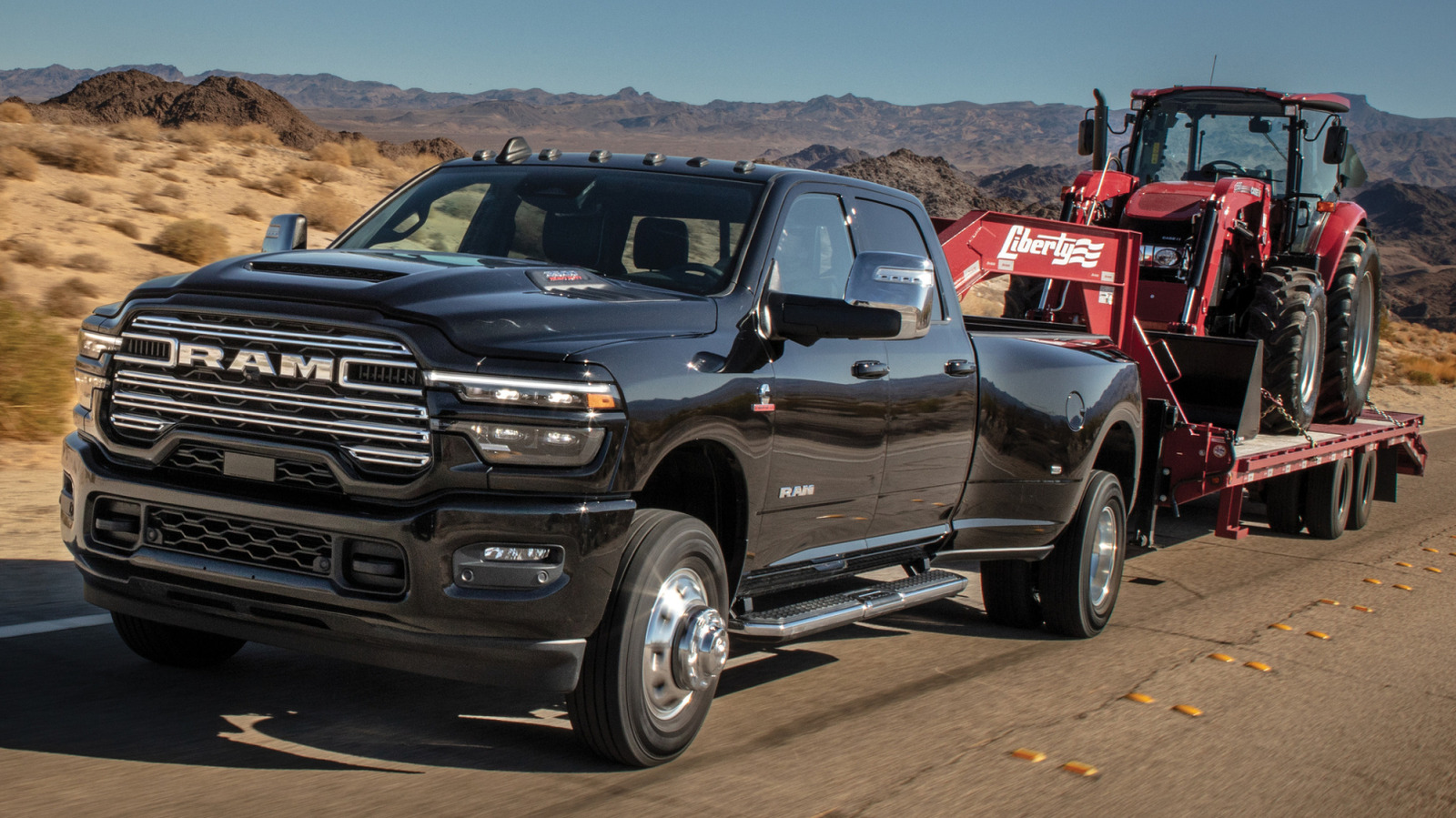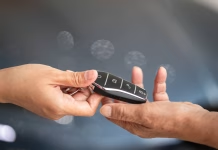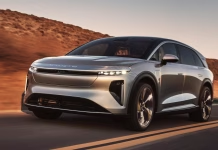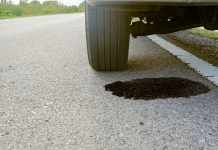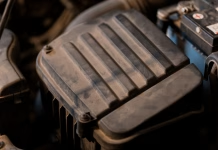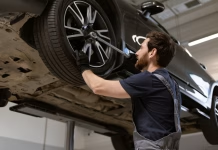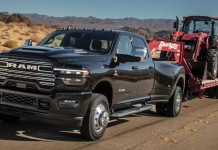Essential Tips for Buying a Car Out of State Without the Hassle

Surprising Amounts of Copper Power Every New Car on the Road
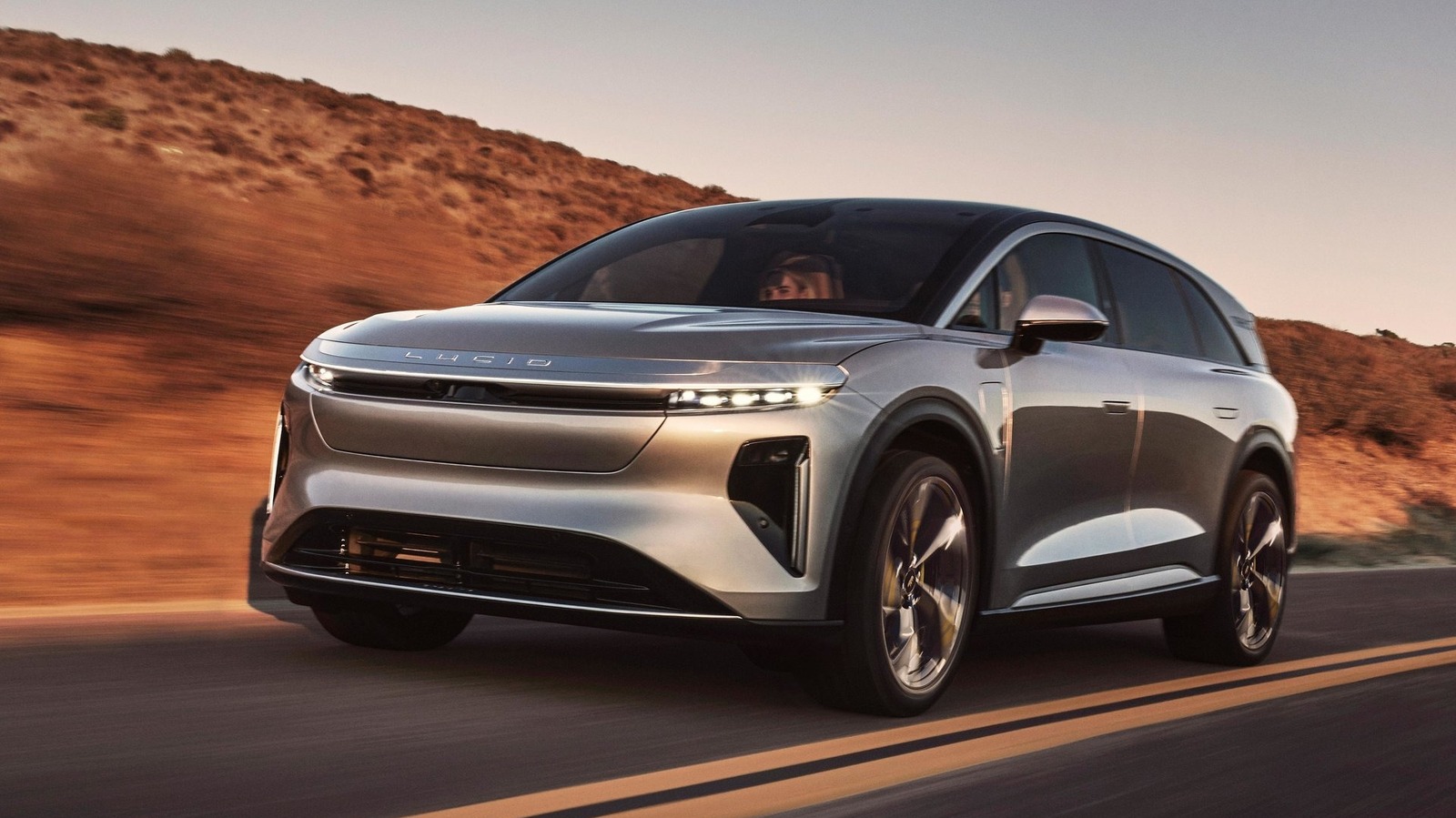
How to Identify and Fix Fluid Leaks Under Your Car
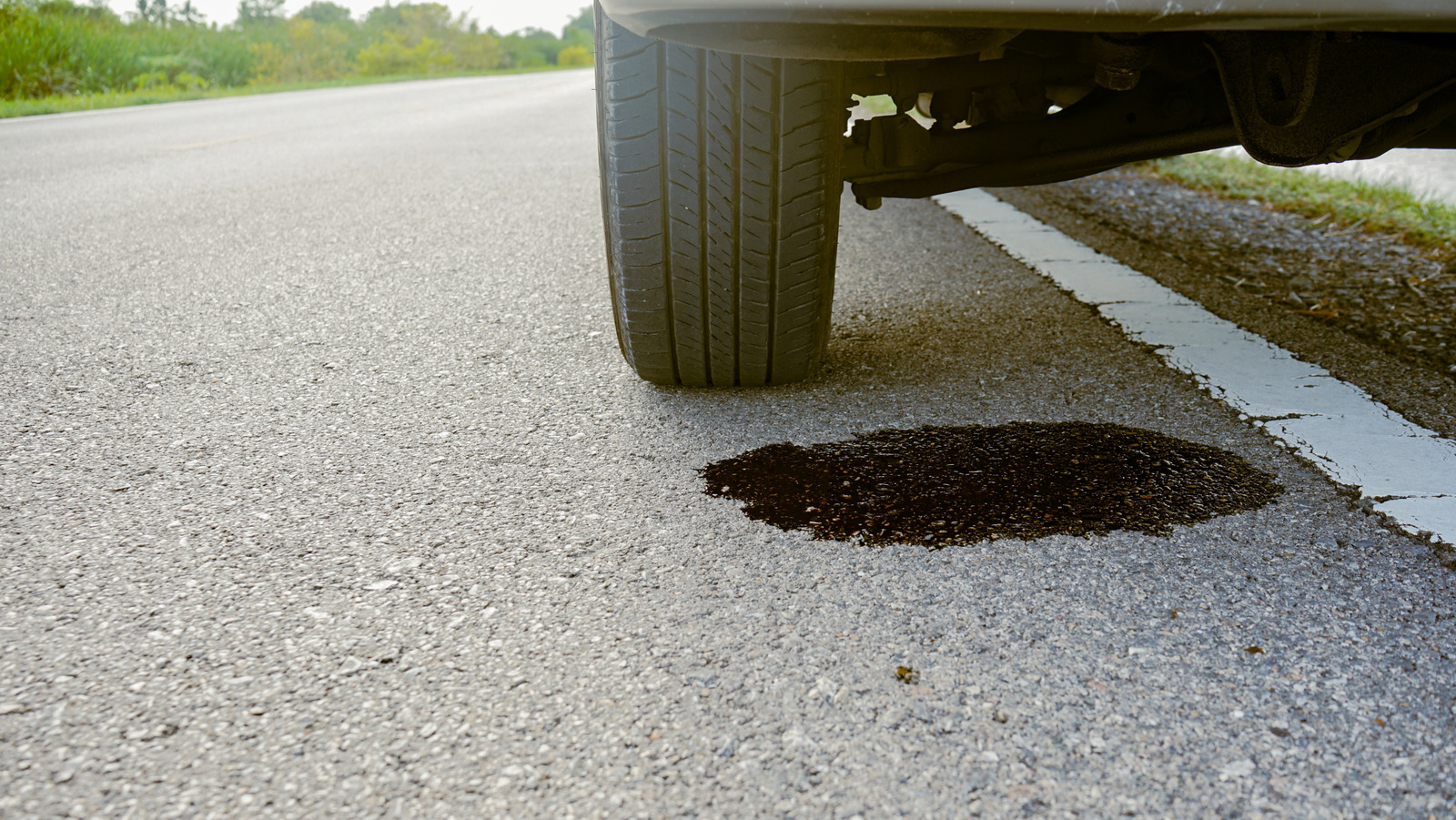
Common Engine Oil Contaminants and How They Harm Your Car
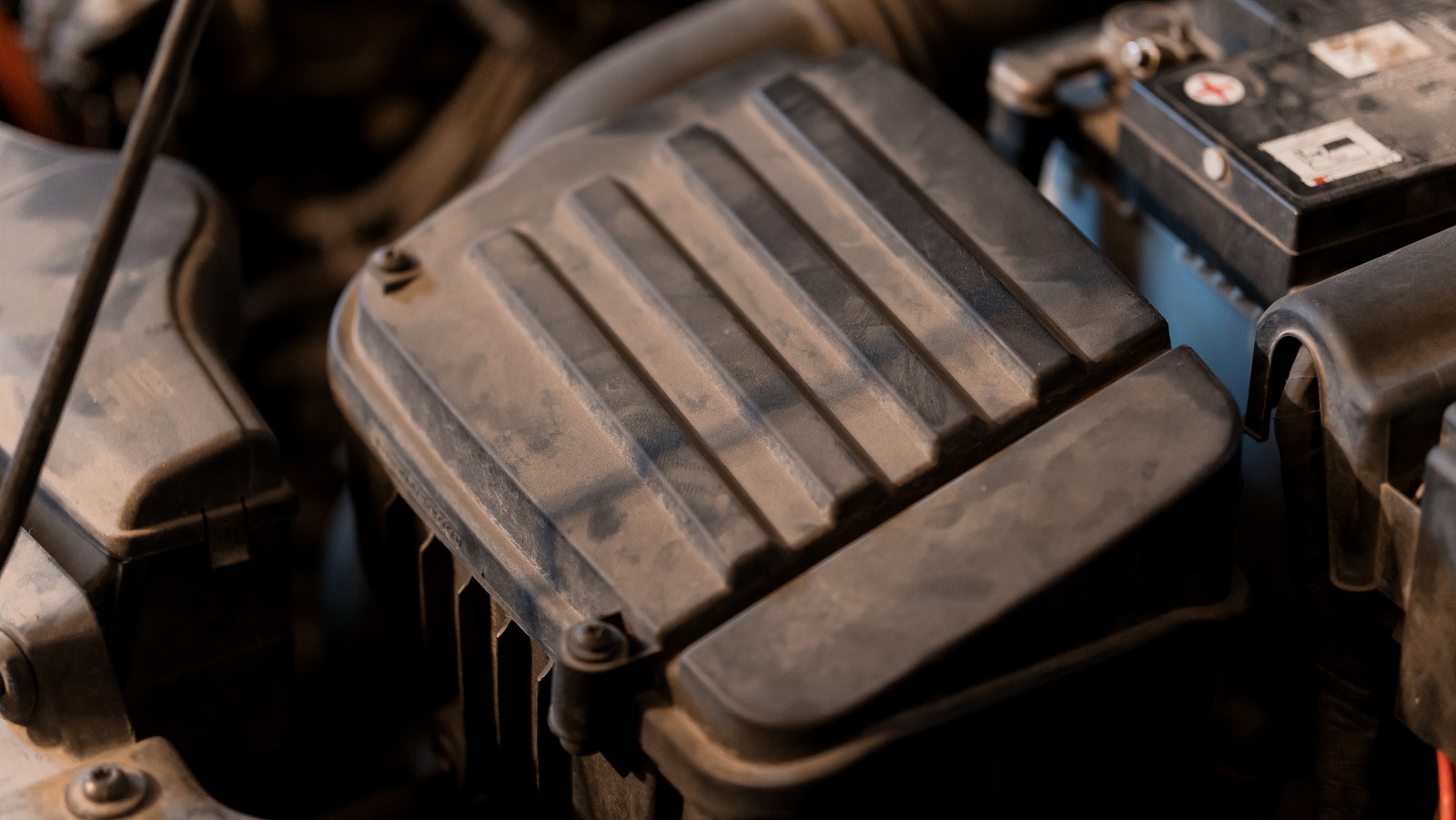
Unlocking the Legacy Behind Subaru’s Iconic STI Badge
DIY Car Tire Alignment Guide: What You Need and How to Do It
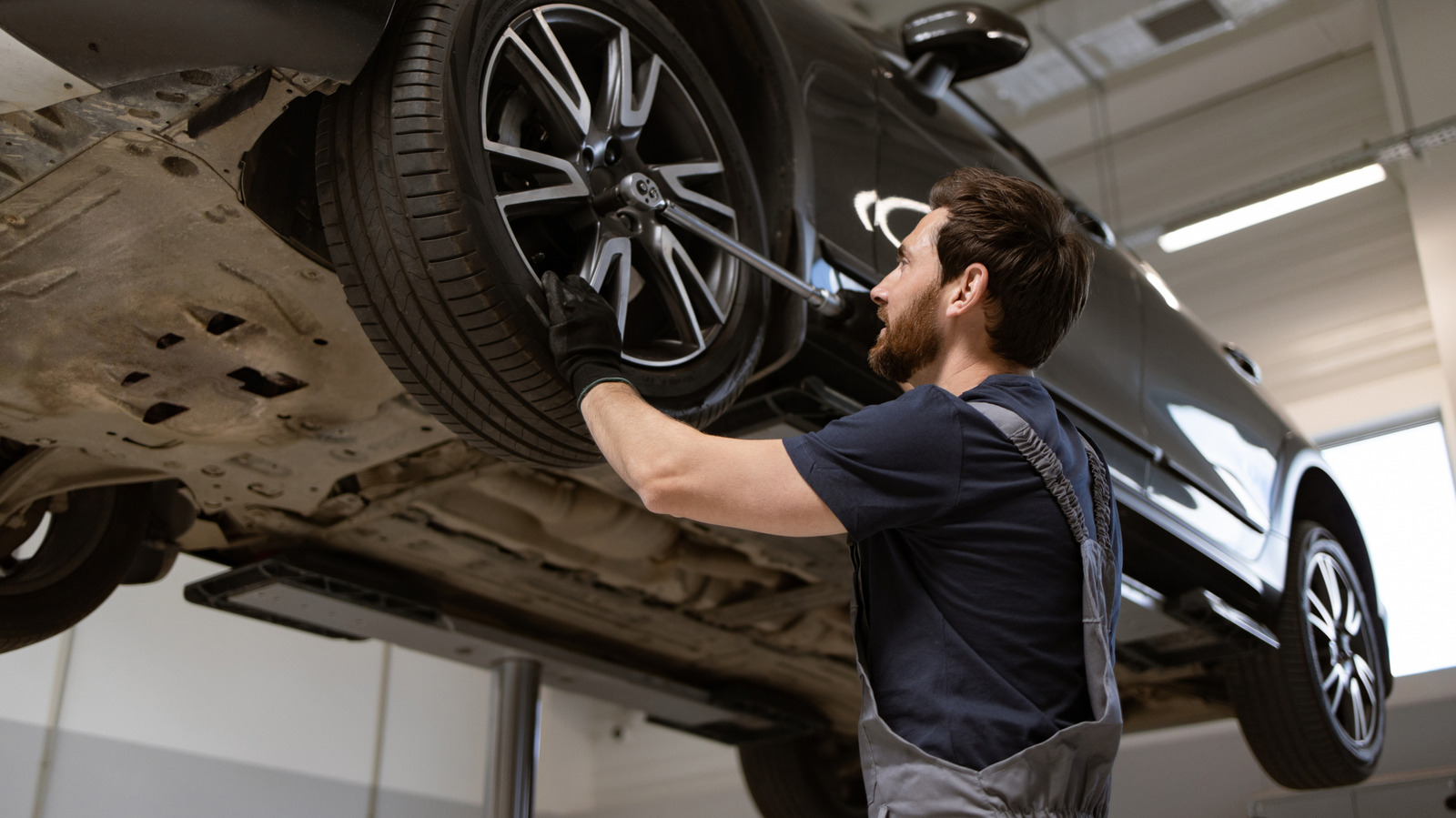
How a Legendary Car Designer Transformed a Classic Ford Transit Into the Ultimate Camper...
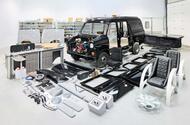
All the parts for the restoration were sourced from eBay sellersPeter Stevens is all about the camper van life – and his Mk1 Transit is quite the machine
Car designer Peter Stevens, famed for the McLaren F1, is revealing the inspiration behind one of his latest projects: “I was working away from home in Coventry and staying in a very basic hotel.
"There wasn’t even a chair in my room. So, one evening, I’m sitting on my bed eating a takeaway and feeling quite depressed when I thought: I know, I’ll buy a camper van with all mod cons, park it in the car park of the firm I’m working at and sleep in that instead!”
We’ve all got to kip somewhere, of course, but Stevens – the designer of all-time classics including the F1, Jaguar XJR-15, Lotus Elan ‘M100’, Lotus ‘X180’ Esprit and the 1999 Le Mans-winning BMW V12 LMR – putting his head down in a client’s car park?
“There are some people who like being designers and some who like designing,” he explains. “I’m the latter. I certainly don’t expect special treatment. In any case, living in the motorhome gave me ideas for the project I was working on.”
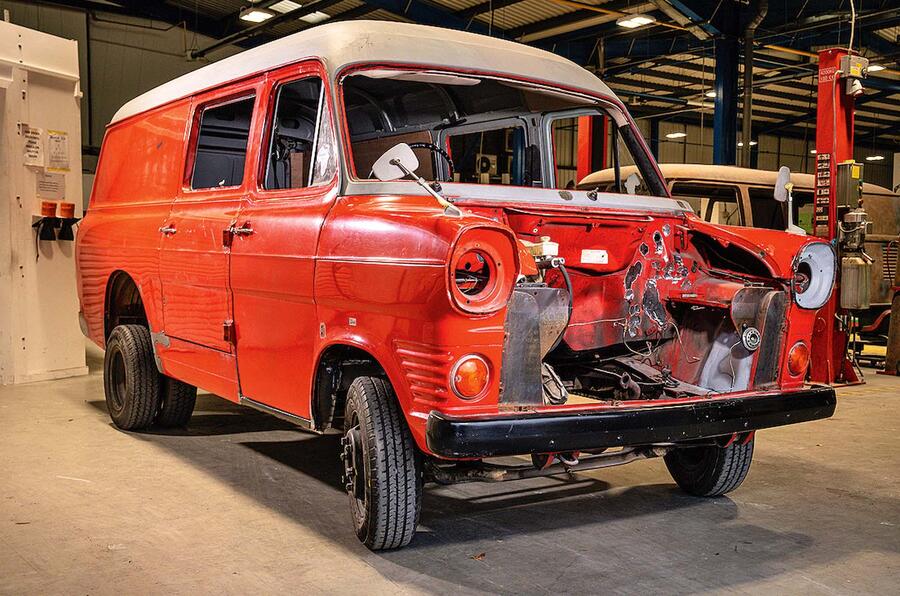
That project was designing the interior of a Mk1 Ford Transit, an event vehicle commissioned by eBay to promote the availability of new and used car parts on its website and which it has dubbed the eBay Lounge.
The former German fire service Transit was registered in 1975 and restored and converted last year by the Envisage Group, based in Coventry. It had worked with Stevens in the past and thought the legendary designer the obvious choice to remodel the van’s interior.
This year marks the Ford Transit’s 60th anniversary, and while eBay might have been tempted to commission an attention-grabbing tribute, instead it has respected the donor vehicle’s original design and specification.
The eBay Lounge is still powered by its original 1.7-litre V4 petrol engine, for example, albeit modified to burn E5 fuel, and has the four-speed gearbox it left the factory with.
The only major change, apart from Stevens’ redesigned event space, has been its conversion from left- to right-hand drive and the addition of a pop-up roof.

“During the early discussions, we agreed it would have no silly 21in wheels or be lowered,” says Stevens. “Instead, we said it must respect the original design and specification and not spoil it with a sad caravan interior.”
On that point, Stevens was able to draw on the experience of his motorhome. “That vehicle showed me what I don’t like in a caravan interior,” he says. So in place of pastel shades and floral fabrics, Stevens has chosen dark wood for the cabinets, a brushed steel sink with a smoked glass cover, a cool-looking counter-top fridge and a tough, uncarpeted floor, all from eBay sellers.
Also from eBay are a Bentley alloy wheel table, passenger and driver seats that can turn 180deg and a pair of ‘old timer’ retro sports seats for use outside.
Stevens’ favourite item is the Classic JLR retro radio sourced from the Jaguar Classic Parts store on eBay. Envisage also went shopping for parts on the website, sourcing everything from Mk1 Transit headlights to drivetrain and suspension components from the official eBay Ford store. Fuel pipes, brake lines and electrical and other parts also came from eBay.
In his spare time, Stevens, 82, still races and enjoys driving his collection of cars, which includes a 2CV van, a Ford Model A roadster pick-up and a 1932 3.2-litre ‘Alexander Special’ hot rod.
He rides shotgun with me as I take the Transit for a few circuits of the track at Bicester Heritage. I’m impressed by his composure as I wrestle with the old commercial’s woolly steering and wand-like gear selector.
After a few laps, I’m getting the hang of it but the mushy brakes can still generate a few surprises. Either there’s nothing in the cabinets or whatever is there is stowed securely, but there are few rattles from the back.
It’s a pukka job and Stevens is pleased to have his name attached to it: “Whether it’s a supercar or a camper van, I just love designing!”
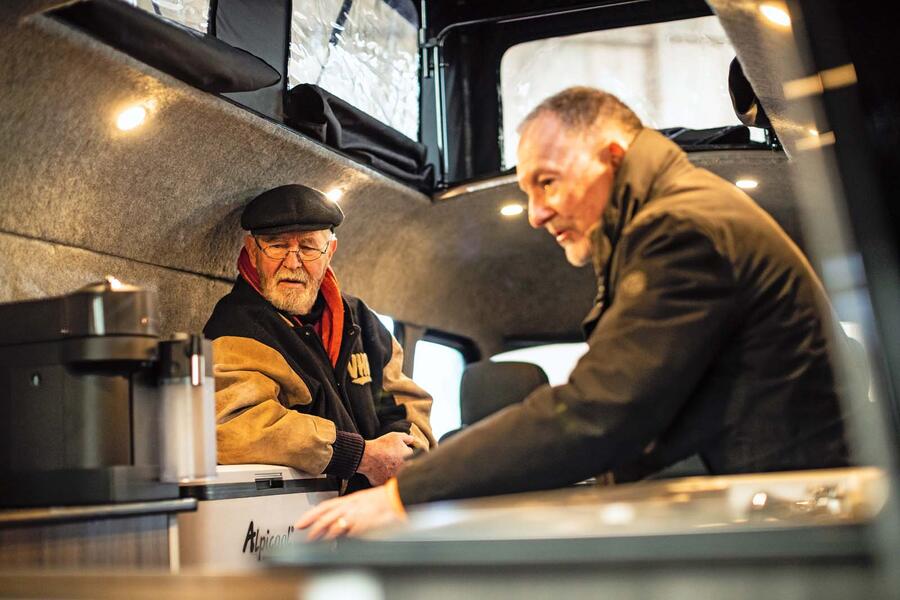
Master Engine Braking for Safer, Smoother Driving
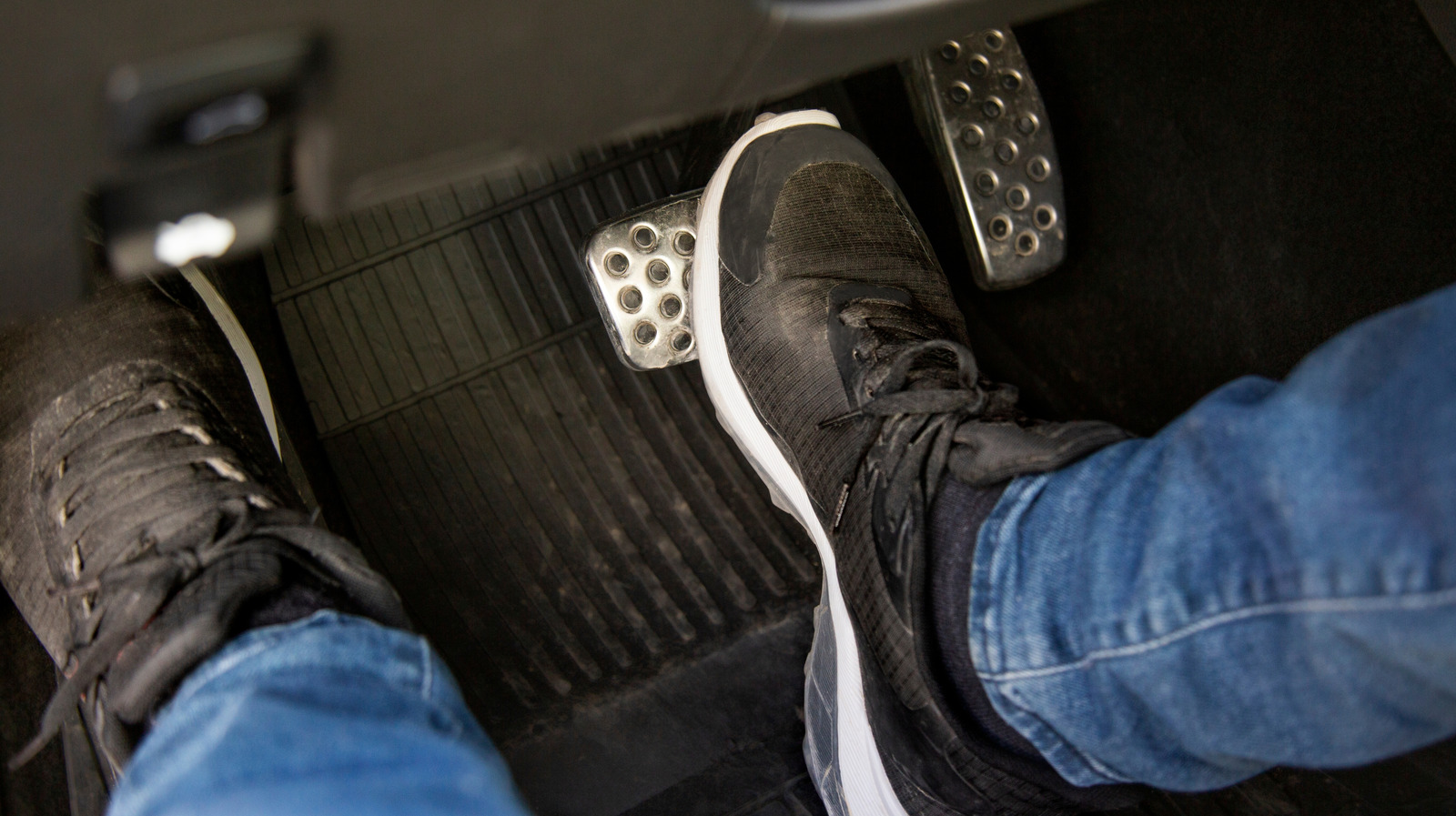
Why Dodge and Ram Still Rely on Iron Engine Blocks Today
